THE ARCTIC and CLIMATE CHANGE
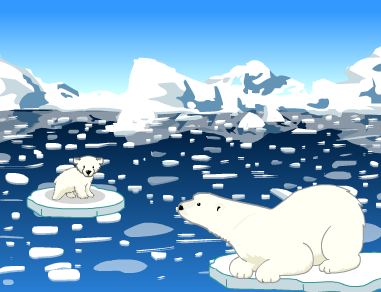
|
The Arctic is warming almost twice as fast as the rest of the world.
Why? The ice and snow reflect the sun's energy into space. As the ice and snow melt
, the sun's energy is absorbed by rocks and water, making
it warmer in the Arctic.
Even a slight rise in temperature has changed the Arctic. The ice is no longer as thick as it used to be. Ice break-up in the spring is earlier and is occurring faster. As glaciers, sea ice and tundra melt, the sea level rises. As the sea level continues to rise historic sites are damaged or destroyed.
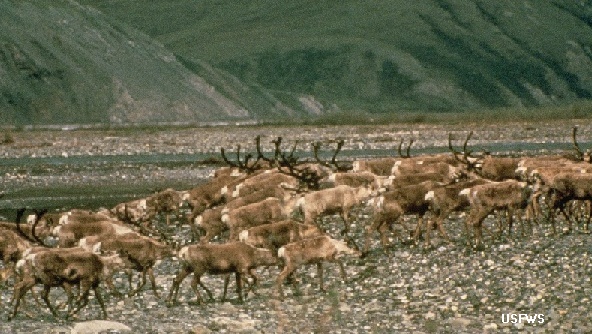 Climate change affects the wildlife that lives on land and in the sea. People in Arctic communities are reporting that caribou are not as healthy and are thinner than they used to be. Caribou are unable to find enough food in the winter. Hunters have to adapt to changes in migration routes. Polar bears depend on sea ice to hunt for seals and to move from one area to another. The polar bear is forced to spend more time on land due to less sea ice. Certain species of seals (ringed, spotted and harp) depend on sea ice to provide a place for resting, giving birth and raising their pups. Walrus rely on sea ice to access food.
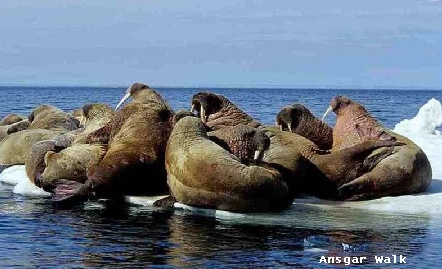 Walrus rest on ice floes before diving to the sea floor for food Some seabirds (ivory gulls, auks) nest on land and fly out to the sea ice to fish. The birds are flying greater distances to the sea ice. There have been changes in bird migration. Some species are waiting longer to leave in the fall. Birds are migrating further north to nest. There are species that are no longer seen in some communities. Geese are nesting earlier so people have to gather the eggs earlier than they used to. Some Arctic communities have seen changes in plant growth - especially berries. Besides finding fewer berries, the berries are reported to be of poor quality - drier and smaller. The temperature changes and condition of the soil has stunted plant growth. Some plants have disappeared because vegetation is drying up and dying. The shrub willow in the Arctic tundra is spreading and growing taller because of the warmer climate.
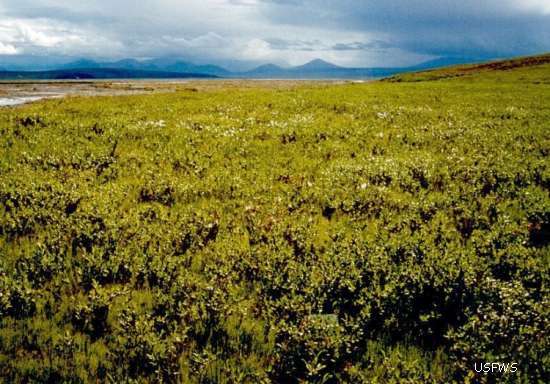 The growth of the shrub willow reduces the amount of the sunlight reflected back into space
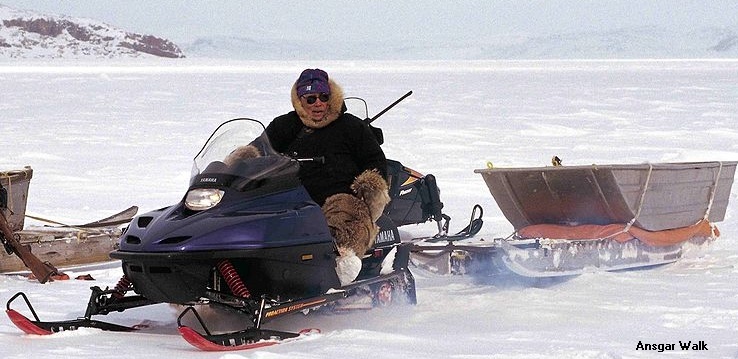 Hunting for seal can be dangerous because heavy equipment can break through thin ice
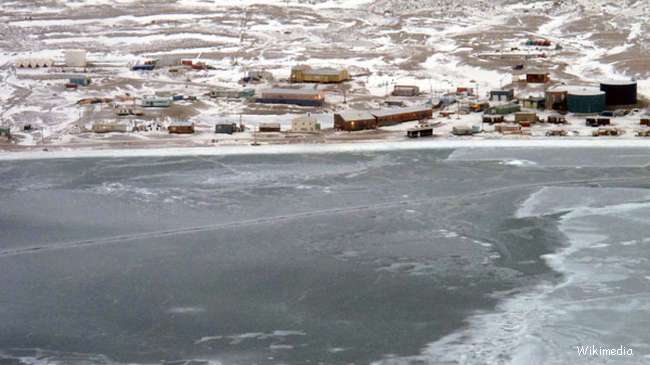 Grise Fiord is close to the water. Arctic communities located along the coast are dealing with storms, high tides, flooding and soil erosion. Buildings, boats and roads are damaged and soil is washed away. Changes in permafrost affects the buildings, airports, roads and other infrastructure (pipelines). The thawing of permafrost causes shifts in the foundations of buildings. Some buildings collapse and need to be rebuilt. Cracks in runways of the airports are problems that need to be addressed because air travel is relied upon to transport people, food and supplies. Repairs are costly. Thawing permafrost makes ATV travel more difficult.
There is much concern about the effects that climate change has on Arctic communities and the landscape. Many northern communities are developing strategies to help people adapt to the changes.
|
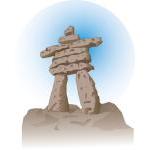
|
|
J.Giannetta
jgiannet@hotmail.com
March 2017